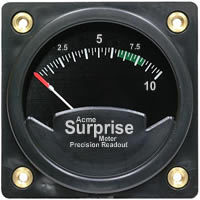So, lots of sincere questions based on your explanation...
Can they really stop Universal from using a similar way to fix Universal owned props? I can see stopping a company from monetizing their patented process, but to fix/update their own stuff? How would they ever know? Suppose Universal fixes a prop using this process. Would Disney file a lawsuit to get them to change back their animatronic? Again, sincere questions on this.
Btw, good point about other applications. I didn't really think outside the box on that... not even a little. Robots that build cars and all other sorts of stuff could use this technology I suppose, but still... not sure I understand Disney trying to stop other companies from fixing or building their own stuff if they aren't monetizing the process, as in, they aren't making money going to other companies and fixing it the patented Disney way.
It just seems kinda murky to me. It's like trying to stop someone from suping up their own sports car using a processes patented by someone else. But as soon as that person opens a shop and starts charging to do it for others, that's where legal problems begin. I can't think a court of law would force a company to change something back. I could be absolutely wrong about that tho. I'm just thinking practically.
Btw, I'm not claiming to understand the intricacies of patent laws. I'm just saying I bet there is a lot of gray area where a patent of something like this becomes hard to enforce, or perhaps not worth it.


